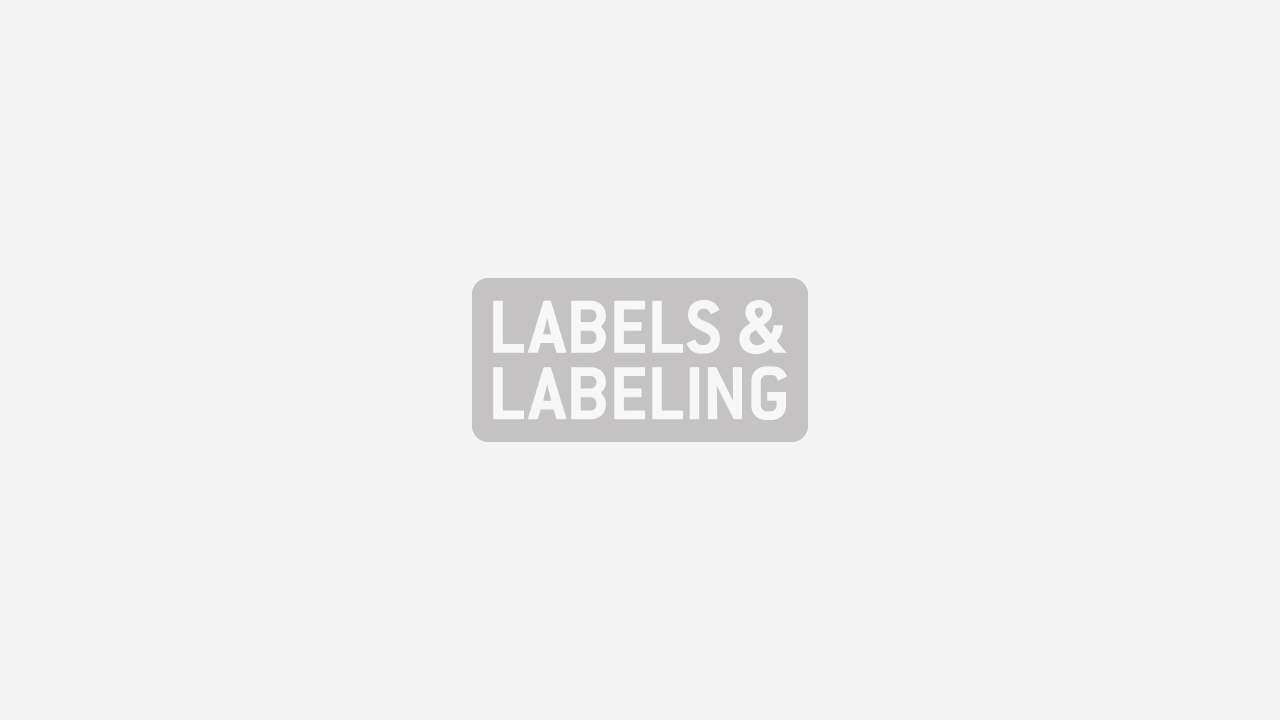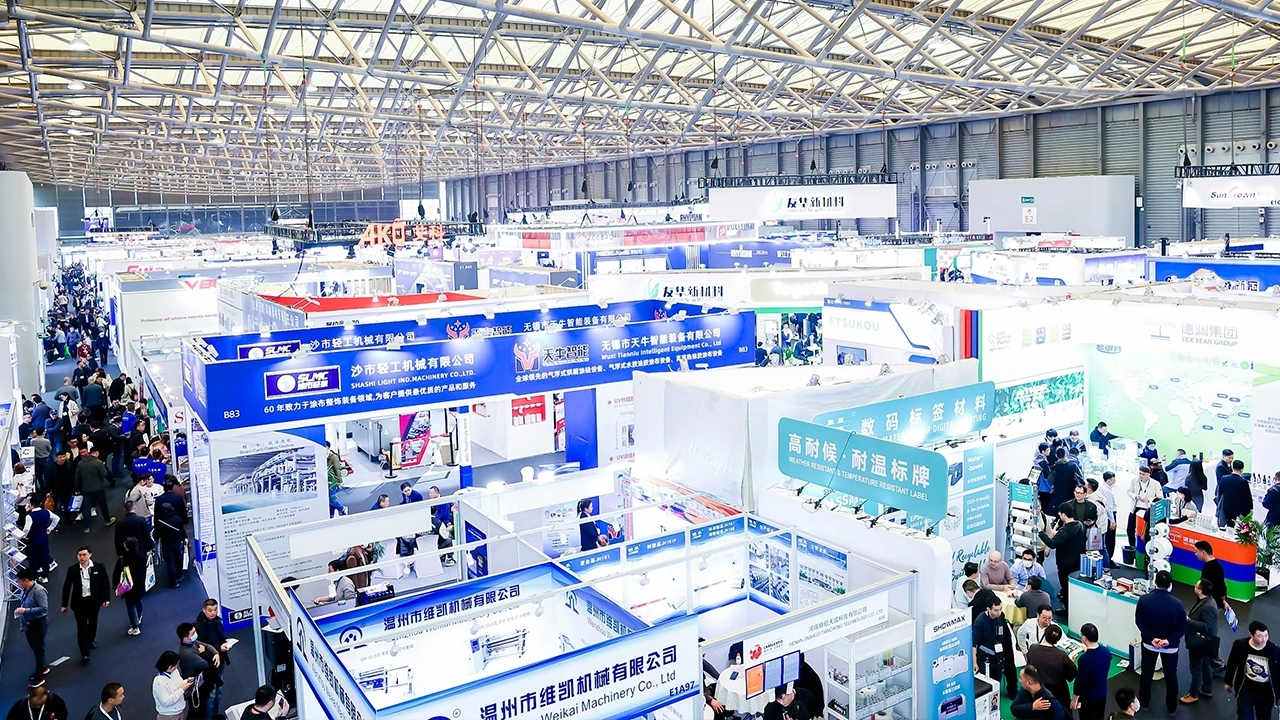James Quirk: Latin America’s smaller markets are reversing the trend

The foundation in 2007 of Flexo Print, Bolivia’s first dedicated narrow web label converter – and its subsequent investment in machinery from Gallus, Nilpeter, Rotoflex and Karlville – is a story representative of three major trends in some of Latin America’s lesser developed label markets: the creation of local label converting operations to serve brands owners accustomed to importing labels from abroad; the increasing installations of top quality machinery; and the desire to export.
Brazil, Mexico, Argentina and Chile may dominate the headlines – all four boast local label converting operations that compare favorably in technology and quality with Europe and the USA’s finest. But the smaller markets of Bolivia and Peru – even Ecuador and Paraguay – are increasingly attracting high quality machinery as local companies seek to reverse the trend of end users importing labels from abroad.
In Peru, Kuresa, the country’s leading producer of prime labels and adhesive tapes, has just invested USD $23 million in a new facility. Grupo Fibrafil, a manufacturer of agricultural netting and twine in the same country, will shortly open a dedicated label division housing two new Nilpeter FB presses. In Bolivia, packaging supplier Industrias Ravi is on the point of establishing a local label converting operation in cooperation with Argentine printer Artes Gráficas Raal. You can read about all three of these stories, as well as about Flexo Print in Bolivia, in upcoming issues of L&L.
These smaller Latin American markets have traditionally imported the majority of the labels used on locally sold goods. But now, companies in these countries are increasingly taking advantage of the gap in their local markets.
Bolivian brands historically import their labels from the more developed markets of Argentina and Colombia, and before just four years ago, there was no dedicated narrow web converting operation in the country.
This changed with the foundation in 2007 of Flexo Print, a Cochabamba-based offshoot of offset printer Sagitario, located in La Paz. In its short lifespan, the company has reaped the benefits of investment in advanced technology that has made it unique in its local market.
Landlocked Bolivia’s central location and large number of neighboring markets (it shares borders with Peru, Chile, Argentina, Paraguay and Brazil), combined with the fact that it is one of the cheapest nations in the region, provide great potential for export. Flexo Print cites northern Chile and southern Peru – both far from their respective capitals and industrial bases – as regions which the company intends to target.
Flexo Print’s impressive growth since its foundation shows that in Bolivia, the trend of end users importing their labels is changing. The company is not only clawing back its local market – bringing its customers a level of quality previously only available abroad – but will soon reverse the trend and win work from markets that used to serve its own. It is a blueprint that other converters from Latin America’s smaller markets are following.
James Quirk
Latin America editor
Labels & Labeling
Stay up to date
Subscribe to the free Label News newsletter and receive the latest content every week. We'll never share your email address.


